Leading time-lapse microscopy software includes ZEN Microscopy, Micro-Manager, NIS-Elements, and ImageJ/FIJI. ZEN offers 180+ processing tools and intuitive experiment design, while open-source Micro-Manager provides extensive hardware compatibility. NIS-Elements excels with adaptive data collection, and ImageJ features powerful plugins for tracking and analysis. Your choice should balance automation capabilities, analysis tools, and user-friendliness with your specific hardware setup. The right software dramatically improves your experimental efficiency and data quality.
12 Second-Level Headings for “Best Software Tools For Microscope Time-Lapse Imaging”
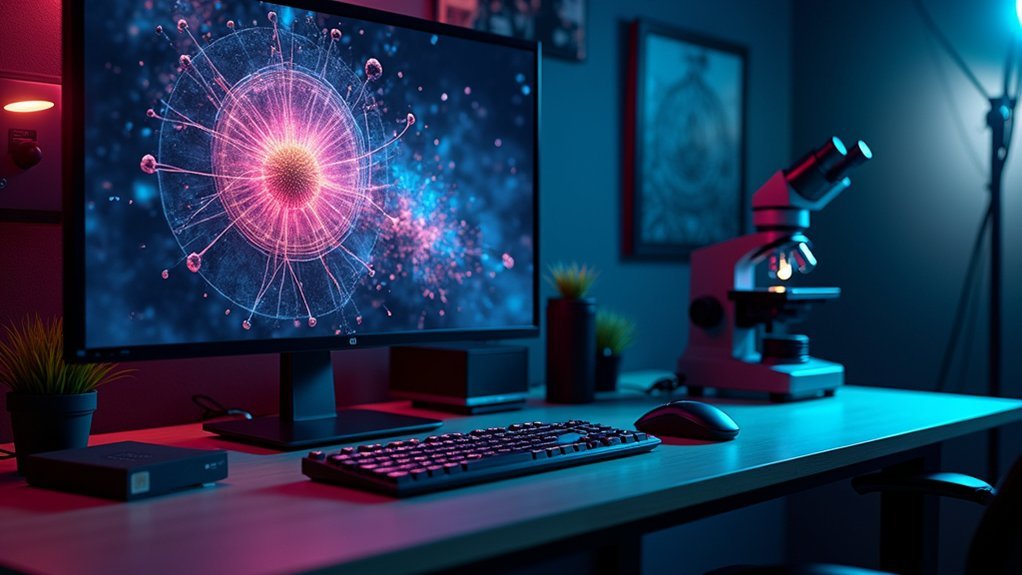
When selecting software for microscope time-lapse imaging, you’ll need tools that can’t only capture sequences over extended periods but also provide robust analysis capabilities.
Your options include Micro-Manager, which offers exceptional adaptability across different microscope setups, and ZEN Microscopy Software with its smart automation features for reproducible experiments.
Micro-Manager’s versatility and ZEN’s automation capabilities deliver powerful solutions for diverse time-lapse imaging requirements.
For real-time analysis during acquisition, consider NIS-Elements Imaging Software, which allows you to make adaptive changes while collecting data.
If you’re focused on post-acquisition work, ImageJ/FIJI delivers user-friendly image analysis software with essential cropping and adjustment features.
LAS X might be your ideal choice if you want an all-in-one solution that integrates setup, acquisition, and analysis in a single platform with savable configurations for consistent results across experiments.
Key Features to Look for in Time-Lapse Microscopy Software
Selecting the right time-lapse microscopy software requires careful consideration of several critical capabilities that will determine your experimental success. You’ll need robust image acquisition functionality that can handle high-speed data collection without lag, even when processing large datasets from extended time-lapse experiments.
- Compatibility and integration with your existing microscope hardware and camera systems to guarantee seamless workflow implementation
- Automation capabilities for repetitive tasks like scheduled image acquisition and hardware calibration, increasing reproducibility and reducing human error
- Intuitive interface with advanced analysis tools that allow for cellular tracking and dynamic measurements while remaining accessible to users of various experience levels
When evaluating options, prioritize software that balances powerful technical features with user-friendliness to maximize both experimental precision and research productivity.
ZEN Microscopy: Advanced Acquisition and Analysis Capabilities
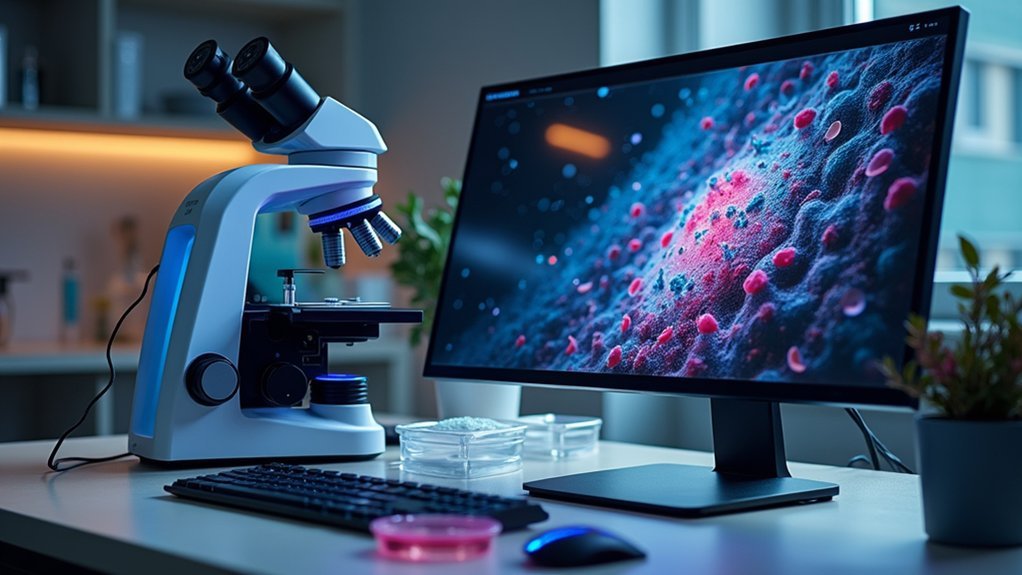
ZEN Microscopy’s Live Cell Imaging Automation transforms your time-lapse experiments by intelligently replicating previous acquisition parameters while minimizing phototoxicity.
You’ll efficiently manage multi-dimensional data through the software’s 180+ processing tools and GPU-powered 3D rendering capabilities, perfect for large datasets from complex biological experiments.
The intuitive Experiment Designer interface enables you to set up sophisticated time-lapse protocols and process multiple sequences simultaneously, considerably reducing your manual workload when analyzing experimental results.
Live Cell Imaging Automation
Although many software options exist for microscopy, ZEN Microscopy stands out for its exceptional automation capabilities in live cell imaging.
You’ll benefit from smart automation that streamlines time-lapse acquisition while ensuring experimental reproducibility with just one raw image.
ZEN’s powerful image processing tools enhance your live cell research through:
- Batch processing with over 180 analysis tools that maintain quantitative accuracy while saving you valuable time
- Intelligent control systems that detect rare cellular events, greatly improving your chances of capturing critical moments
- GPU-powered 3D rendering for clear visualization of large time-lapse datasets
The user-friendly interface makes complex imaging tasks accessible regardless of your experience level, allowing you to focus on research outcomes rather than technical hurdles when conducting multi-channel and z-stack imaging experiments.
Multi-Dimensional Data Management
When working with complex microscopy data across multiple dimensions, you’ll find ZEN Microscopy’s extensive data management system indispensable for maintaining experimental integrity. The software excels at handling the large datasets typically generated during time-lapse experiments, offering seamless transformation and organization capabilities.
ZEN’s library of over 180 image processing tools empowers you to efficiently manipulate multi-dimensional data without compromising quality. The GPU-powered 3D rendering ensures you’ll visualize time-lapse results with remarkable clarity and speed, even with substantial datasets.
You’ll appreciate the batch processing functionality when analyzing multiple samples and channels simultaneously. This feature delivers quantitative, unbiased results while saving you valuable time.
ZEN’s intelligent automation further enhances your workflow by simplifying complex experimental setups and improving reproducibility across your imaging projects.
Experiment Designer Interface
Mastering complex time-lapse experiments becomes remarkably straightforward with the Experiment Designer Interface in ZEN Microscopy. This intuitive platform streamlines your workflow by allowing you to customize acquisition parameters while maintaining ideal image quality throughout extended imaging sessions.
The interface excels through:
- Smart automation tools that replicate previous experiment settings, ensuring reproducibility across your research
- Real-time data analysis capabilities that let you make adaptive changes during experiment execution
- Seamless hardware integration that enhances flexibility across different microscope configurations
You’ll appreciate how the experiment designer interface combines advanced image processing with practical time-saving features. From segmentation to quantitative analysis, you can extract meaningful data from your time-lapse sequences while the system handles the technical complexities of maintaining consistent imaging parameters.
Micro-Manager: Open-Source Flexibility for Time-Lapse Applications
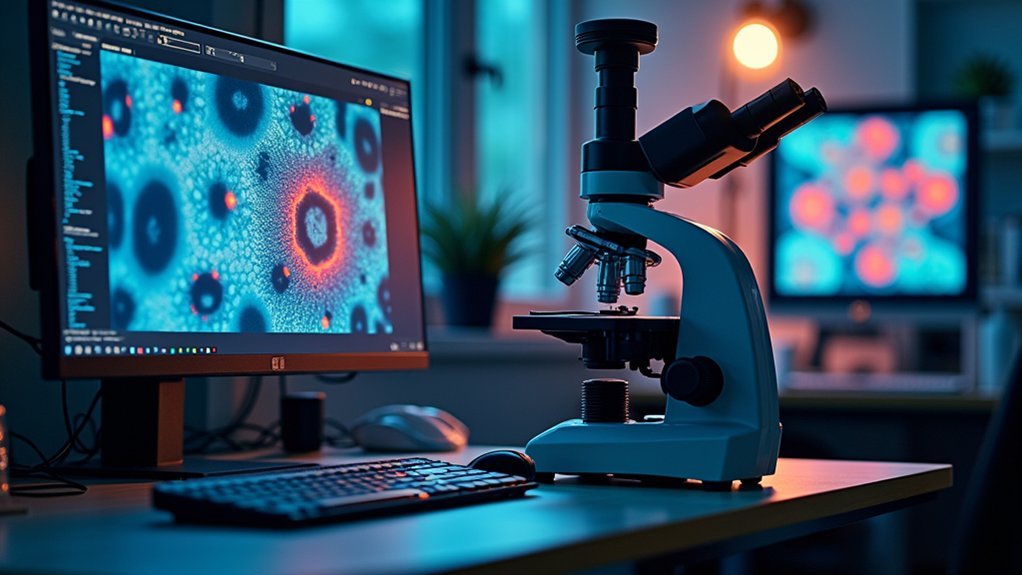
Micro-Manager’s open-source platform enables you to program powerful multi-channel time-lapse sequences without expensive proprietary software limitations.
You’ll find its extensive hardware compatibility supports virtually any microscope setup, connecting seamlessly with cameras, stages, and filter wheels from most major manufacturers.
Whether you’re capturing single-cell division or long-term tissue development, this flexibility means you can customize your imaging workflow across different laboratory equipment configurations.
Powerful Multi-Channel Automation
Scientists seeking robust automation for time-lapse imaging need seek no additional options than Micro-Manager. This open-source platform excels at multi-channel time-lapse imaging by seamlessly controlling various microscope components with customizable acquisition protocols.
You’ll benefit from precise timing intervals while capturing multiple fluorescence channels in sequence.
The software’s automation capabilities include:
- Customizable scripts for complex experimental workflows
- Seamless integration with scientific-grade cameras from multiple manufacturers
- User-defined acquisition parameters for channel-specific settings
Micro-Manager’s flexible architecture makes it ideal for researchers who need to adapt their imaging protocols frequently.
The active development community continuously expands device compatibility, ensuring your microscope system remains supported as technology evolves.
Whether you’re monitoring cellular dynamics or tracking protein interactions, Micro-Manager delivers the automation tools you need.
Broad Hardware Compatibility
One of Micro-Manager’s greatest strengths extends beyond its automation capabilities to its remarkable hardware compatibility. As an open source platform, it supports an extensive range of microscope hardware with minimal setup requirements.
| Feature | Benefit |
|---|---|
| Open device interface | Enables custom coding for specialized experimental needs |
| Community contributions | Regularly updated compatibility with latest scientific cameras |
| Integration architecture | Seamless connection with other analysis tools |
You’ll appreciate how the software’s flexible architecture lets you connect virtually any combination of scientific-grade cameras and peripherals. This adaptability means you can customize your time-lapse workflows without being restricted by proprietary limitations. When your research requires unique hardware configurations, Micro-Manager’s scripting capabilities guarantee you can automate processes effectively while maintaining reproducibility across experiments.
ImageJ/FIJI: Powerful Extensions for Time-Series Analysis
When analyzing dynamic cellular processes or tracking developmental changes over time, ImageJ/FIJI’s extensive time-series analysis capabilities truly shine. You’ll find specialized plugins designed specifically for handling live imaging data, making your workflow more efficient.
Convert your image stacks into compelling time-lapse movies that visualize biological processes with clarity. Before analysis, you can enhance image quality through background subtraction and filtering techniques.
- Track moving objects across time points to measure velocity and displacement with precision
- Process large datasets through batch analysis, handling multiple experiments simultaneously
- Apply specialized time-series plugins that streamline quantitative analysis of dynamic cellular behaviors
Whether you’re studying cell migration, organelle trafficking, or developmental processes, ImageJ/FIJI provides the tools you need to extract meaningful quantitative data from your time-lapse experiments.
Nis-Elements With NSPARC: Ai-Enhanced Time-Lapse Processing
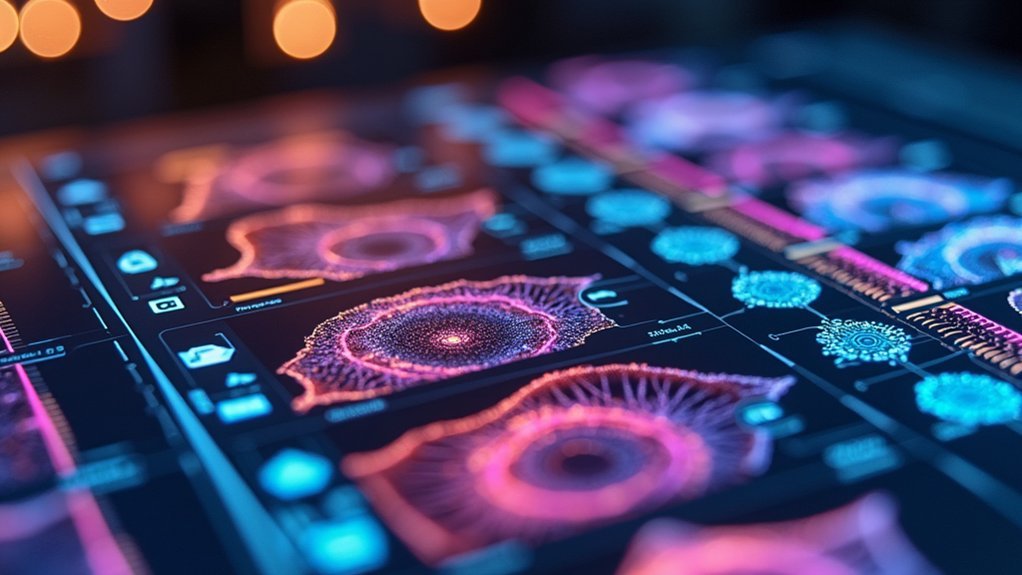
Nikon’s NIS-Elements software combined with NSPARC technology represents a significant leap in time-lapse microscopy capabilities. This integration delivers AI-enhanced imaging that substantially improves your ability to capture and process dynamic samples.
Cutting-edge AI meets microscopy, revolutionizing how researchers visualize and understand dynamic biological processes.
When working with time-lapse experiments, you’ll benefit from NIS-Elements’ AI tools that enhance signal-to-noise ratio, producing clearer, more detailed images of your specimens. You can make adjustments during experiments using real-time data analysis, optimizing results without stopping the process.
The software excels in multidimensional experiments, supporting complex time-lapse studies across multiple channels.
You’ll also appreciate the ability to create customized experiment definitions, tailoring your imaging protocols to specific biological processes you’re investigating. This flexibility makes NIS-Elements an exceptional choice for researchers requiring sophisticated time-lapse imaging solutions.
Cell Profiler: Automated Cell Tracking Through Time
For researchers studying cellular dynamics over extended periods, Cell Profiler offers a powerful solution that transforms time-lapse microscopy analysis.
You’ll be able to create custom processing pipelines that handle massive datasets with minimal manual intervention, extracting quantitative measurements that reveal cellular behaviors.
Cell Profiler excels in three key areas:
- Tracking individual cells across multiple time points while accounting for division and movement
- Supporting various imaging modalities, making it adaptable to different experimental setups
- Generating extensive statistics and visualizations that enhance interpretability
Whether you’re measuring cell density, fluorescence intensity, or colocalization, Cell Profiler’s robust algorithms deliver reliable results.
The software’s automation capabilities free you from tedious manual analysis, allowing you to focus on interpreting the biological significance of your time-lapse experiments.
LAS X Platform: Streamlining Multi-Dimensional Acquisitions
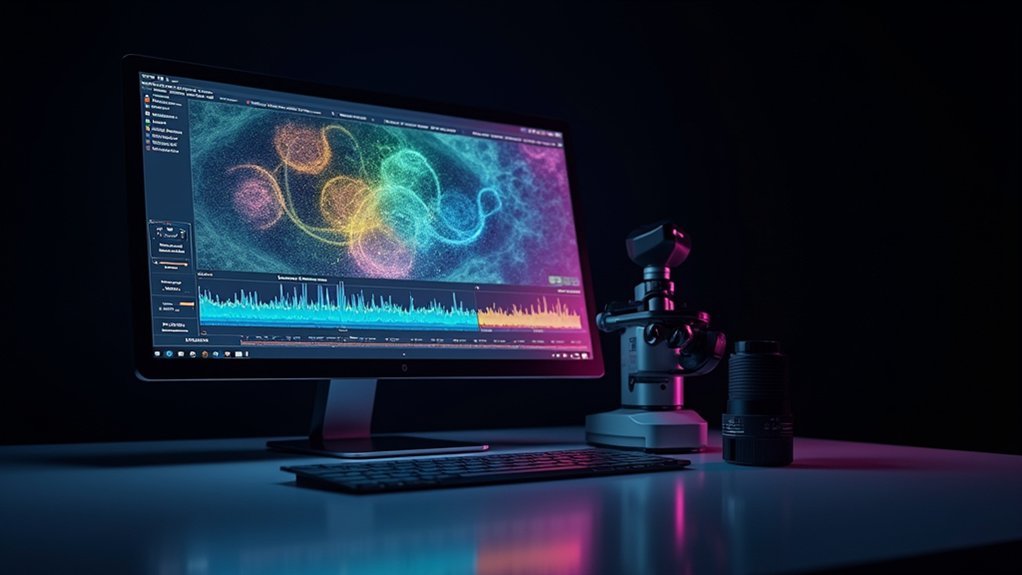
The LAS X platform’s customizable acquisition workflows let you design complex time-lapse experiments while maintaining reproducibility across studies.
You’ll benefit from intuitive process automation that handles everything from specimen positioning to analysis, capturing up to 5 positions per second with precision timing.
The platform’s multi-channel synchronization features seamlessly integrate time-lapse, fluorescence channels, and z-stacks, eliminating the need to manually coordinate different imaging modalities.
Customizable Acquisition Workflows
Researchers seeking thorough control over complex microscopy experiments will find the LAS X platform’s customizable acquisition workflows invaluable for time-lapse imaging projects.
This software allows you to design experiment-specific protocols that integrate multiple imaging modalities within a streamlined interface.
You’ll benefit from:
- Real-time visualization of your data during acquisitions, enabling immediate adjustments to optimize image quality
- Intelligent automation features that maintain consistent acquisition parameters, essential for reproducibility across your time-lapse studies
- Efficient batch processing capabilities for handling large datasets from extended imaging sessions
The platform’s intuitive design lets you combine time-lapse, Z-stacks, and multi-channel imaging in one unified workflow.
You can tailor every aspect of your acquisition parameters, greatly enhancing productivity while ensuring your experimental data maintains the highest quality standards.
Intuitive Process Automation
Beyond traditional workflows, LAS X’s intuitive process automation transforms complex multi-dimensional imaging into streamlined operations you’ll master quickly. This powerful source software automatically generates experiment-specific settings, drastically reducing setup time for your time-lapse studies while ensuring consistent results.
You’ll appreciate how LAS X’s high-speed linear motor stages capture up to 5 positions per second with precision, while integrated analysis tools guide you through each step with real-time feedback.
| Feature | Benefit | Impact |
|---|---|---|
| Smart Automation | Tailored experiment settings | Reproducible results |
| Configuration Recall | One-click experiment replication | Minimal learning curve |
| Step-by-Step Guidance | Immediate setting feedback | Enhanced data reliability |
Save and recall your configuration settings effortlessly, making experimental replication seamless within the single interface environment.
Multi-Channel Synchronization Features
Advanced microscopy thrives on multi-channel synchronization, which LAS X platforms deliver with remarkable precision.
You’ll benefit from simultaneous acquisition of different fluorescent channels while maintaining spatial and temporal consistency throughout your time-lapse experiments.
The system’s high-speed linear motor stage achieves up to 5 positions per second, ensuring you don’t miss critical moments in your multi-channel imaging workflows.
Customize your imaging protocols to:
- Optimize individual channel settings for enhanced data quality
- Coordinate complex multi-dimensional acquisitions with precise timing
- Analyze results in real-time for immediate feedback and adjustments
LAS X streamlines your multi-channel imaging experience by integrating acquisition and analysis tools, allowing you to capture extensive data from complex samples while maximizing efficiency throughout your experimental workflow.
Hardware Compatibility Considerations for Time-Lapse Software
When selecting time-lapse imaging software for your microscopy work, compatibility with your existing hardware should be your primary concern. Ascertain the software works specifically with your microscope model and camera system to prevent connectivity issues that could derail your experiments.
Look for software packages like Micro-Manager that offer open device interfaces, allowing you to integrate various hardware components into a cohesive system. Before purchasing, verify driver availability in the documentation to confirm all components can communicate properly.
If you’re using high-speed cameras, you’ll need software with specialized settings to optimize acquisition rates and synchronize with microscope stages.
Also consider your lab’s future needs—choose software that won’t limit compatibility with new devices or technologies you might adopt later.
Cloud-Based Solutions for Collaborative Time-Lapse Projects
Collaborative microscopy research has been revolutionized by cloud-based platforms that eliminate geographical barriers between team members. You’ll find services like Google Drive, Dropbox, and Microsoft OneDrive offer real-time editing capabilities and version control—essential features when multiple researchers need access to the same time-lapse datasets.
Cloud-based solutions provide several advantages for your team:
- Enhanced security through encryption and customizable user permissions
- Reduced local processing burden by leveraging remote computing power
- Specialized platforms like Cytomine that integrate storage with collaborative annotation tools
When you’re working with large time-lapse datasets, these platforms allow you to share, analyze, and store your imaging data efficiently.
You’ll no longer need to email massive files or ship hard drives—simply upload once and grant access to everyone on your research team.
Real-Time Processing Tools for Extended Imaging Sessions
While cloud platforms excel at sharing data between researchers, the success of your extended imaging sessions often hinges on powerful real-time processing tools that work during acquisition. These tools enable immediate analysis of your time-lapse experiments, allowing you to monitor changes and make critical adjustments without interruption.
Software like Micro-Manager offers live image acquisition while controlling multiple devices simultaneously, markedly enhancing your imaging workflow efficiency.
ZEN’s smart automation features guarantee reproducible acquisition settings, optimizing your extended experimental runs. You’ll appreciate how batch processing capabilities quickly analyze time-lapse sequences, delivering quantitative insights without delays.
For consistently high-quality results throughout lengthy imaging periods, consider platforms with integrated AI-driven features that improve real-time image enhancement and segmentation, keeping your data pristine from start to finish.
Data Management Strategies for Large Time-Lapse Datasets
Managing massive time-lapse datasets effectively remains one of the greatest challenges in microscopy research, especially as resolution and acquisition rates continue to increase.
As microscopy advances, the explosion of time-lapse data challenges researchers to develop smarter management solutions.
You’ll need robust data management strategies for large time-lapse datasets that streamline organization while preserving accessibility.
Automation software like Cell Profiler and ImageJ can transform your workflow through:
- Batch processing capabilities in platforms like ZEN and NIS-Elements, allowing simultaneous analysis of multiple image sequences
- Metadata labeling systems that make retrieving specific experimental conditions or timepoints intuitive
- Cloud storage integration that guarantees data integrity while enabling collaborative research access
Leverage these tools to quantify measurements automatically, from cell density to fluorescence intensity.
Frequently Asked Questions
Is Zen Software Free?
No, ZEN software isn’t free. It’s a commercial product from ZEISS. While a limited version called ZEN lite is available for basic tasks, you’ll need to purchase the full version for advanced features.
What Is Zeiss Software?
Zeiss software, particularly ZEN, is your universal interface for all ZEISS imaging systems. It’ll streamline your workflow with tools for image acquisition, processing, analysis, and visualization across both light and electron microscope data.
How to Improve Microscope Images?
To improve microscope images, you’ll want to adjust brightness and contrast settings, guarantee sample stability, minimize vibrations, use proper illumination, and consider implementing multi-channel imaging to enhance detail visibility in your specimens.
Which Software Is Used to Analyse an Image?
For image analysis, you can use ImageJ/FIJI for basic processing, Cell Profiler for quantitative measurements, Neuronstudio for neuronal tracing, ZEN for advanced processing, or NIS-Elements with AI-enhanced capabilities depending on your specific needs.
In Summary
You’ve now explored the top software options for microscope time-lapse imaging. Whether you’re using ZEN’s advanced capabilities, Micro-Manager’s open-source flexibility, or ImageJ’s powerful extensions, choose tools that match your specific research needs. Don’t overlook hardware compatibility and data management—they’re essential for successful long-term projects. With the right software in your toolkit, you’ll capture dynamic cellular processes with precision and efficiency.
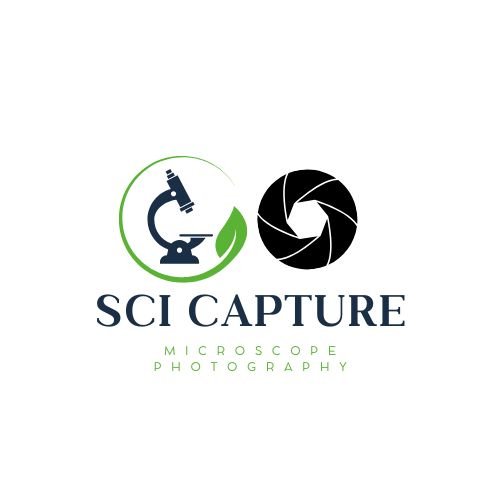
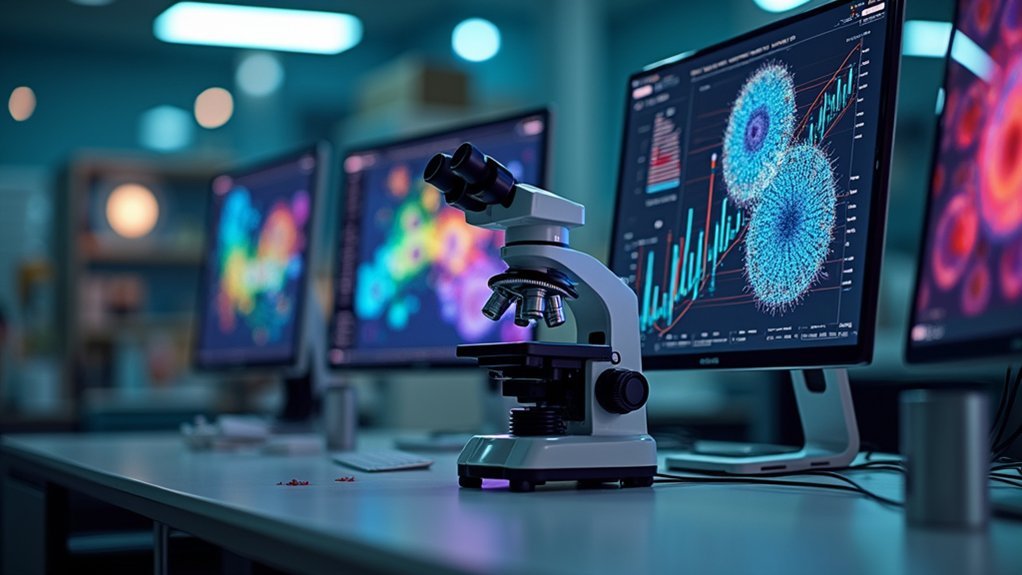
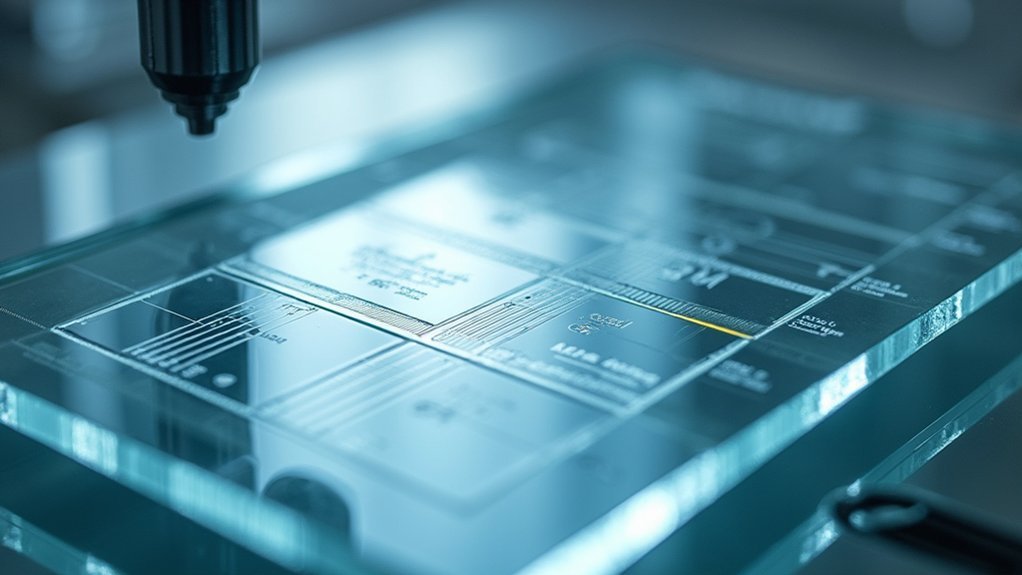
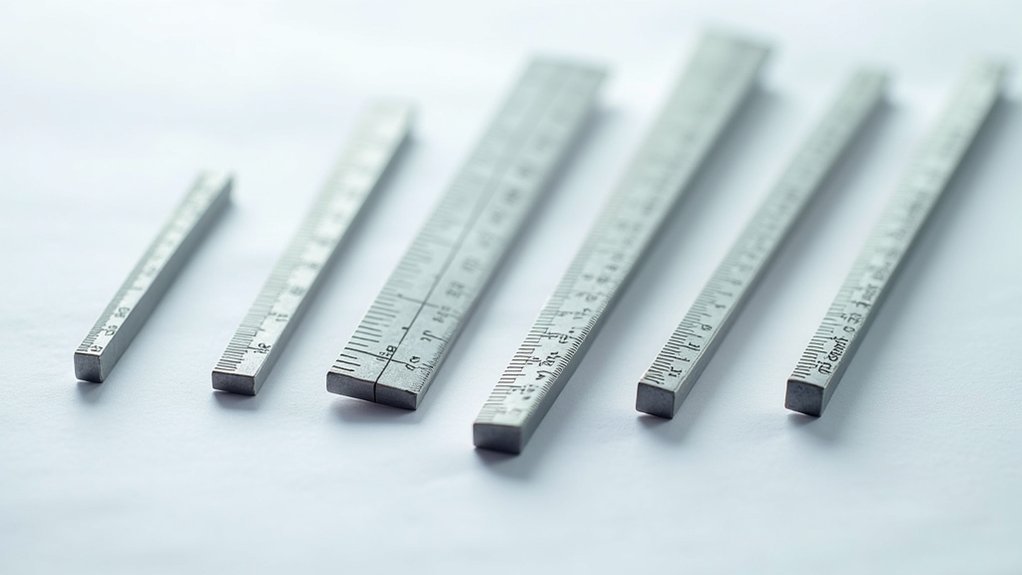
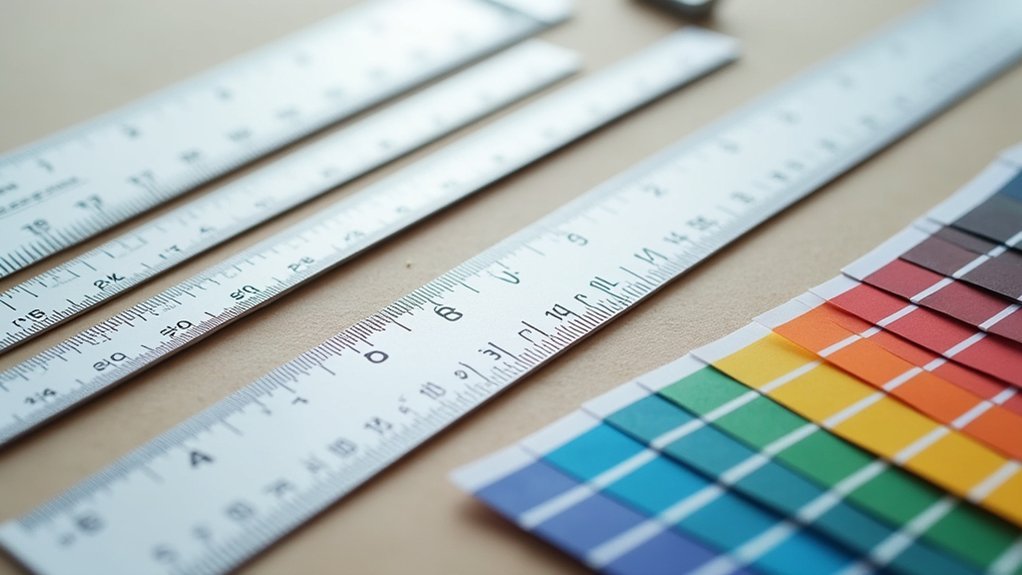
Leave a Reply